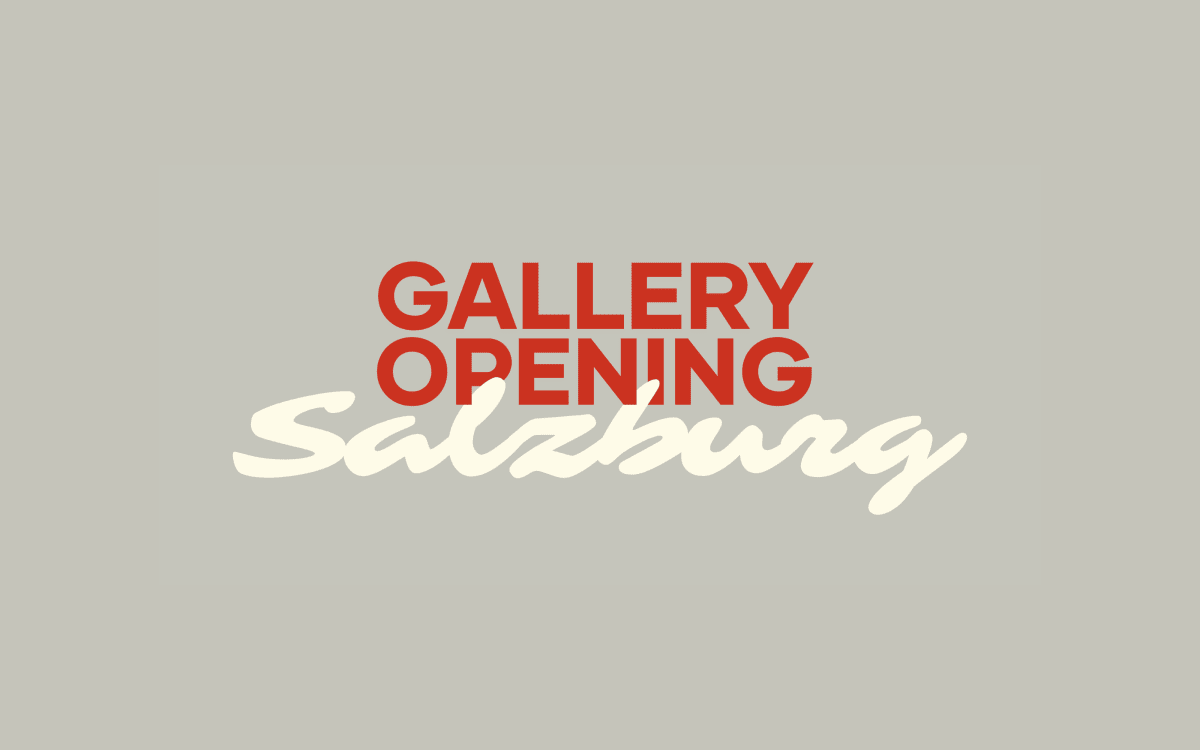Gary Schlingheider
*1983 in Detmold based in Berlin and Ostwestfalen Lippe, Germany
Painting and sculpture are mutually dependent in Gary Schlingheider's work and arise from his preoccupation with crossing the boundaries between the two genres. Colour and form are the focus of the painter and sculptor's work. He works in large formats, with powerful, opaque colours and geometric, reduced bodies. With a reference to art historical role models such as the Minimalists Ellsworth Kelly or Frank Stella, Schlingheider explores the boundaries between painting and sculpture in a new way.
In his paintings, he works with monochrome surfaces that are placed both next to and on top of each other. This results in a composition of clearly delineated geometric shapes within the various layers. The result is the illusion of a three-dimensional space. In the final step, the artist breaks out of the system. Paint flows over the arrangement, separating the pictorial space, erasing and at the same time opening up new areas. The application appears less two-dimensional and more spontaneous and gestural - calculated on the one hand and random on the other. The spaces that emerge between the layers of colour and traces of varnish partly hint at what lies beneath, opening up insights into the work's past creative process: Schlingheider's painting is primarily about the in-between and behind. The individual colours and layers play less of a role than the structure in its entirety of superimpositions, exposures and erasures.
As if breaking out of the painting, the structures also conquer the space. Painting and sculpture seem to merge seamlessly. Everyday objects are isolated from their original contexts, strongly abstracted and grow into simplified and clear bodies in Schlingheider's sculptures. He positions several closed forms as empty outlines in the space like a three-dimensional drawing. Similar to painting, the sculptures also create spaces and new surfaces within the steel frames. The elements, which initially appear abstract, can be read and interpreted individually by the viewer. As in his paintings, the viewer's gaze automatically searches for a figurative, meaningful form.

